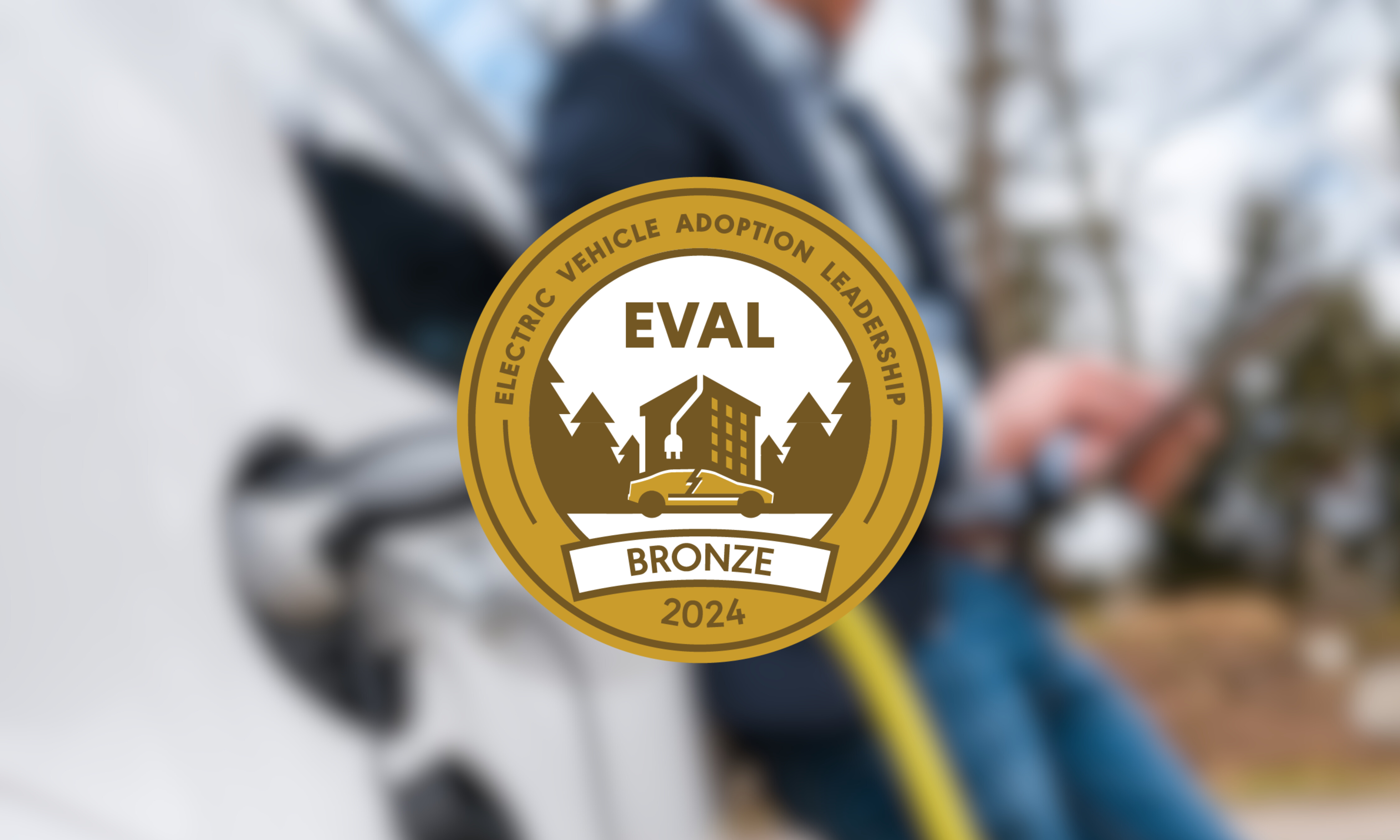For more than a decade, Plug In America’s top policy priority has been to extend and expand the federal EV tax credits. This week, a bill to do just that was signed by President Biden. In some respects, the Inflation Reduction Act is less than we would have hoped for, but in others, it is much more.
The original EV tax credits were approved by George W. Bush back in 2008. Because of the 200,000 cap per manufacturer, it became clear a long time ago that they would run out while they were still needed. Thus, Plug In America (PIA) has led numerous campaigns on the tax credits over many years in both Democratic and Republican administrations. PIA even got a bill to the President’s desk once before (but Donald Trump declined to sign it!)
When we started this effort, it was an obscure credit for an exotic technology that hardly anyone cared about but us. In 2008, the Tesla Roadster was the only commercially available EV! Even the LEAF and the Volt were still a few years away. Today, the EV credit is near the top of the congressional and White House agenda. You did that. The importance that our national leaders now give to EVs is a direct result of years of pushing by EV enthusiasts and PIA members. In fact, details about the extension of the credits are among the top stories covered today by the New York Times.
It is true that the purchase incentive, as currently written, is deeply flawed and will need to be fixed. Vehicles with battery minerals that were mined or processed outside of the U.S. or our free-trade partners will not be eligible for the full credit. The same applies to vehicles with battery components that were manufactured outside of those areas. We certainly agree that it would be better to bring these industries to the U.S., but the truth is that supply chains are global and highly complex. Shifting them around takes time. Many manufacturers have said that they cannot meet the short timeframes in the bill and their vehicles are unlikely to fully comply for some time. But keep in mind that Tesla and GM used up the credit a long time ago. Toyota and Ford are phasing out this year and Nissan is likely to phase out next year. So the current situation with the existing credit is not great either. Also, it is likely that these new provisions are inconsistent with global trade rules.
The new credit is designed to allow purchasers to claim it at point of sale, but also has limits on income for eligible buyers and MSRP caps on the vehicles. PIA will be drafting a separate blog in a few days with detailed guidance for EV buyers under the new rules.
One other concern we have is that the bill will set off a massive rush to mine and/or process lithium, cobalt, nickel and numerous other minerals in the U.S. Mining can be very messy. This needs to be done properly and carefully, with appropriate social and environmental safeguards in place, such as IRMA certification on new mines among other measures.
Aside from the new car purchase incentive, there are a number of other important elements in the bill that we have been advocating for over many years. Here are some of our favorites.
- Used Car Purchase Incentive: The bill would create a new $4,000 tax credit for purchase of a used EV. This is an extremely important step to broaden the EV market and engage the 2/3 of Americans who generally buy used cars.
- $3 Billion for U.S. Postal Service Vehicles: As you know, we have spent a lot of time ridiculing Postal Service plans to replace their aging internal combustion fleet with new cutting-edge internal combustion vehicles. USPS has said that they would need an extra $3 billion to cover the difference in the upfront cost for EVs and charging infrastructure. Well, here it is.
- Commercial Vehicles: Medium and heavy-duty trucks are a big source of smog and GHG pollution. This bill would provide a purchase incentive of up to 30% to buyers of these vehicles.
- Charging Infrastructure: The bill would continue the credit for low-income consumers who install charging in their homes, but also greatly expand it for commercial installations.
- Manufacturing Credits: There are several different tax credits that will help manufacturers to set up or grow manufacturing of EVs and batteries in the United States.
As you can see, there is a lot of good in this bill and it is a dramatic step forward for EVs and the climate. At the same time, there are some very significant flaws, and we will be devoting our energies to fixing them in the coming months. But we believe the good outweighs the bad and YOU (EV activists) can take a lot of credit for it. So go ahead and pour yourself a glass of champagne or your beverage of choice this weekend and feel proud that you have accomplished something great for EVs and for the planet.

